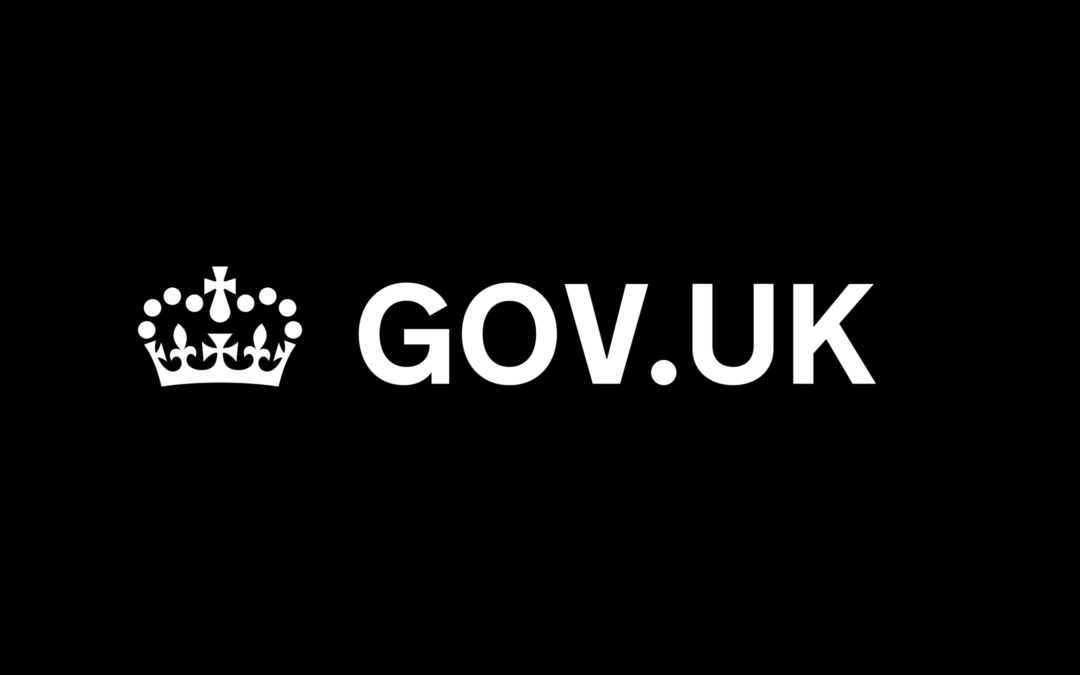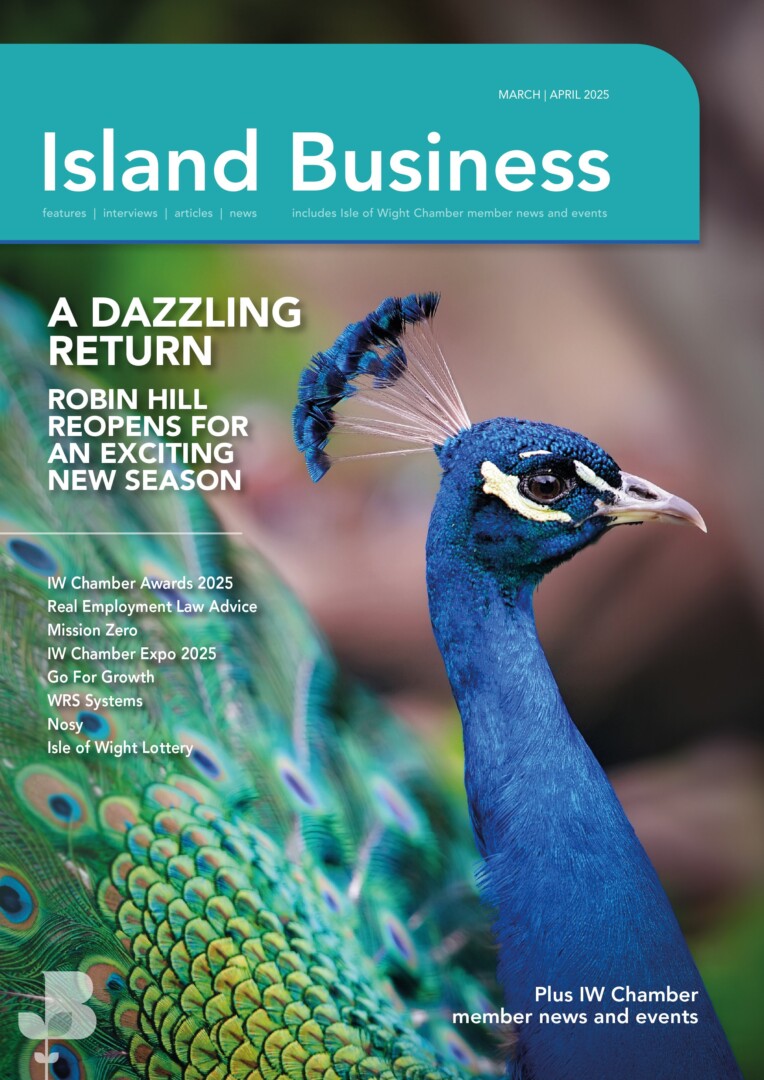Sets out the local restriction tier system that will be in place from Wednesday 2 December, including what you can and cannot do in each tier.
The current national restriction rules are still in place until 2 December and must be followed until they expire.
When meeting people you do not live with, it is important to do so outdoors where possible, or to make sure that any indoor venue has good ventilation (for example by opening windows so that fresh air can enter).
Why the government is introducing tiers
It is right to apply tighter restrictions where prevalence is highest. In September and October, the virus spread rapidly in all parts of the country. The government responded with new national restrictions. These have brought transmission back under control.
The government will replace them on 2 December with a regionally-differentiated approach, where different tiers of restrictions apply in different parts of the country.
These tiers will be strengthened compared to the previous tiers in order to prevent a return to growing infections. We know that social contact spreads the virus. We need to impose these restrictions and it is right to target the toughest measures only in the areas where the virus is most prevalent or where we are seeing sharper increases in the rate of infection.
The government is committed to ensuring the right levels of intervention in the right places to manage outbreaks, suppress the virus and keep R below 1.
There are 3 tiers for local restrictions:
On Thursday 26 November the government will announce which areas are in which tier. You will be able to use the postcode checker to find out the restrictions in your area or an area you plan to visit. The NHS COVID-19 app will be updated on 2 December.
The new rules will come into effect from the beginning of Wednesday 2 December.



